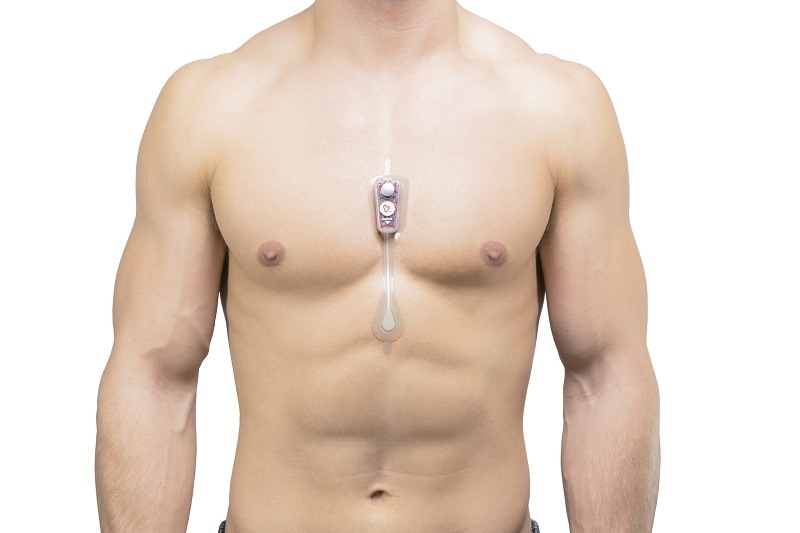 Bardy Diagnostics has announced that its Carnation Ambulatory Monitor (CAM) Patch has been chosen for use in protocols to measure QT Segments in COVID-19 patients who have been prescribed hydroxychloroquine (HCQ).
Bardy Diagnostics has announced that its Carnation Ambulatory Monitor (CAM) Patch has been chosen for use in protocols to measure QT Segments in COVID-19 patients who have been prescribed hydroxychloroquine (HCQ).
BardyDx’s CAM Patch will be utilised in newly established protocols at hospitals across the Seattle area to monitor cardiac rhythms for COVID-19 patients on HCQ after hospital discharge, as well as for outpatients. HCQ has been demonstrated, in certain populations, to prolong the QT interval, resulting in a potentially lethal arrhythmia called Torsades de Pointes. The ability of the BardyDx CAM Patch to detect and record low frequency, low amplitude cardiac rhythms is especially valuable in measuring QT intervals and diagnosing Torsades de Pointes.
“The world is currently at war against the COVID-19 virus and we are proud that the CAM Patch is being used in that fight to help physicians better identify and understand any arrhythmias, or other cardiac irregularities, that may be related to use of HCQ in COVID-19 patients, as well as how any potential COVID-19 vaccines might impact cardiac function,” said electrophysiologist Gust Bardy, the founder, CEO, and chief medical officer of BardyDx.
A head-to-head peer-reviewed clinical study published in the American Heart Journal comparing the CAM Patch and a traditional Holter monitor, demonstrated that QT, PR and QRS intervals measured by the CAM Patch correlated with measurements taken by a traditional three-channel (six-lead) Holter monitor, resulting in correlation coefficients of 0.94, 0.93, and 0.86, respectively. In addition, the study showed a four-times increase in arrhythmia detection using the CAM Patch, including arrhythmias missed or incorrectly identified using the Holter monitor. The study concluded that the CAM Patch offered significantly improved rhythm diagnostics as compared to a traditional Holter.
The clinical value of the CAM Patch’s P-wave centric engineering was also demonstrated in a head-to-head peer-reviewed clinical study comparing the CAM Patch to iRhythm’s Zio XT patch. That study, also published in the American Heart Journal, concluded that the BardyDx CAM Patch identified 40% more arrhythmias and resulted in better, more informed clinical decision-making in 41% of patients compared to the iRhythm Zio XT patch.
“The CAM Patch is quickly becoming the new standard of care in cardiac monitoring and the trusted cardiac monitor of choice by electrophysiologists, cardiologists, and other physicians across the US, UK, and Canada,” said Ken Nelson, Chief Commercial Officer. “It is increasingly clear that physicians and patients are realising the true clinical- and market-differentiating value of our P-wave focused detection technology in optimising patient care and clinic workflow.”









